Pronouns and Antecedents Worksheets
Pronouns and antecedents worksheets provide a comprehensive way for students to practice and reinforce their understanding of this important grammatical concept. These worksheets are designed for students who are learning about pronouns and their corresponding antecedents, ensuring that they can effectively identify and use them correctly in their writing.
Table of Images 👆
More Other Worksheets
Kindergarten Worksheet My RoomSpanish Verb Worksheets
Cooking Vocabulary Worksheet
DNA Code Worksheet
Meiosis Worksheet Answer Key
Art Handouts and Worksheets
7 Elements of Art Worksheets
All Amendment Worksheet
Symmetry Art Worksheets
Daily Meal Planning Worksheet
What is a pronoun?
A pronoun is a word used to replace a noun in a sentence, representing a person, thing, or object without repeating the noun. It helps in making sentences less repetitive and smoother, enhancing the flow of communication. Examples of pronouns include he, she, it, they, we, and you.
What is an antecedent?
An antecedent is a noun that a pronoun refers back to in a sentence. It is the word that the pronoun replaces or represents. A clear antecedent is crucial for ensuring the coherence and understanding of a sentence or passage.
What is the purpose of using pronouns in writing?
The purpose of using pronouns in writing is to replace nouns to avoid repetition, enhance clarity, and improve the flow of the text. Pronouns allow for smoother and more natural-sounding sentences by referring back to previously mentioned nouns without needing to repeat them. Additionally, pronouns help to connect ideas and maintain coherence in writing by enabling a more concise and efficient communication of information.
Can pronouns stand alone as a noun?
Yes, pronouns can stand alone as a noun substitute within a sentence. Examples include pronouns such as "he," "she," "they," and "it," which can function as the subject or object of a sentence without needing a specific noun to accompany them.
What are some common examples of personal pronouns?
Some common examples of personal pronouns are I, you, he, she, it, we, and they.
How do you ensure pronouns agree with their antecedents?
To ensure pronouns agree with their antecedents, it's important to match the gender, number, and person of the pronoun with its antecedent. This means selecting pronouns that agree in terms of singular or plural form, as well as ensuring they match the gender of the noun they are referring to. Paying attention to these factors helps to maintain clarity and coherence in writing, avoiding confusion or ambiguity for the reader.
What are indefinite pronouns and give some examples?
Indefinite pronouns are pronouns that do not refer to a specific person or thing. Instead, they refer to non-specific persons or things. Examples of indefinite pronouns include "some," "any," "none," "everybody," "everyone," "someone," "anybody," "nobody," "everything," "something," and "nothing." These pronouns are used to refer to unspecified quantities or individuals in a sentence.
What is the difference between a relative pronoun and a demonstrative pronoun?
A relative pronoun is used to connect a dependent clause to an independent clause, typically introducing more information about a noun in the independent clause, such as 'who,' 'which,' or 'that.' On the other hand, a demonstrative pronoun is used to point to specific things or people, such as 'this,' 'that,' 'these,' or 'those,' without further describing or connecting clauses.
What is a reflexive pronoun and when is it used?
A reflexive pronoun is a type of pronoun that refers back to the subject of a sentence. Reflexive pronouns are used when the subject and object of a sentence are the same entity, indicating an action that the subject does to itself. Examples of reflexive pronouns include "myself," "yourself," "himself," "herself," "itself," "ourselves," "yourselves," and "themselves." Reflexive pronouns are commonly used in sentences like "I hurt myself," "She dressed herself," or "They did it themselves.
How can pronouns improve the clarity and flow of a written piece?
Using pronouns in a written piece can improve clarity and flow by reducing repetition of nouns, creating smoother transitions between sentences and paragraphs, and enhancing the overall coherence of the text. Pronouns help readers follow the progression of ideas more easily, maintain continuity, and prevent the text from sounding monotonous or choppy. Additionally, by replacing specific nouns with pronouns, writers can vary their sentence structure and avoid cumbersome or redundant phrasing, ultimately making their writing more concise and engaging.
Have something to share?
Who is Worksheeto?
At Worksheeto, we are committed to delivering an extensive and varied portfolio of superior quality worksheets, designed to address the educational demands of students, educators, and parents.

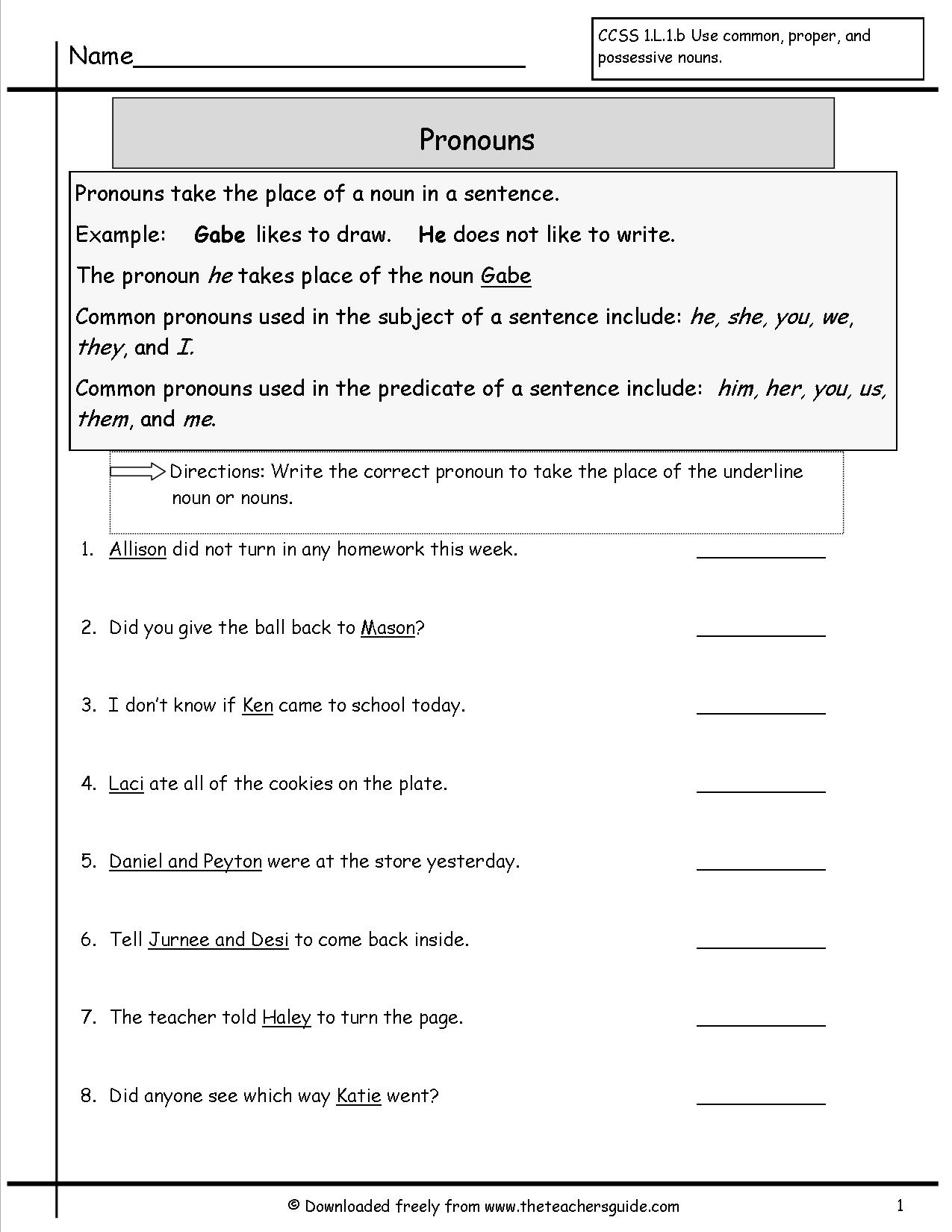



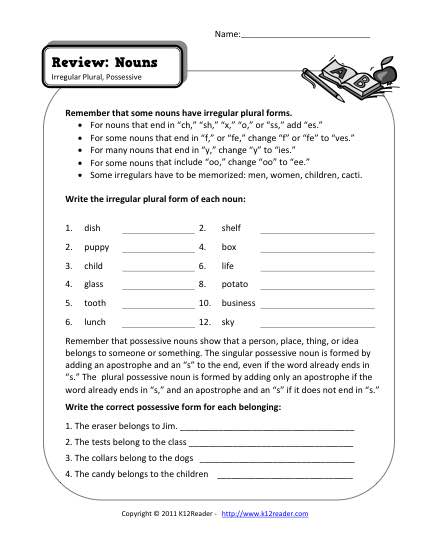

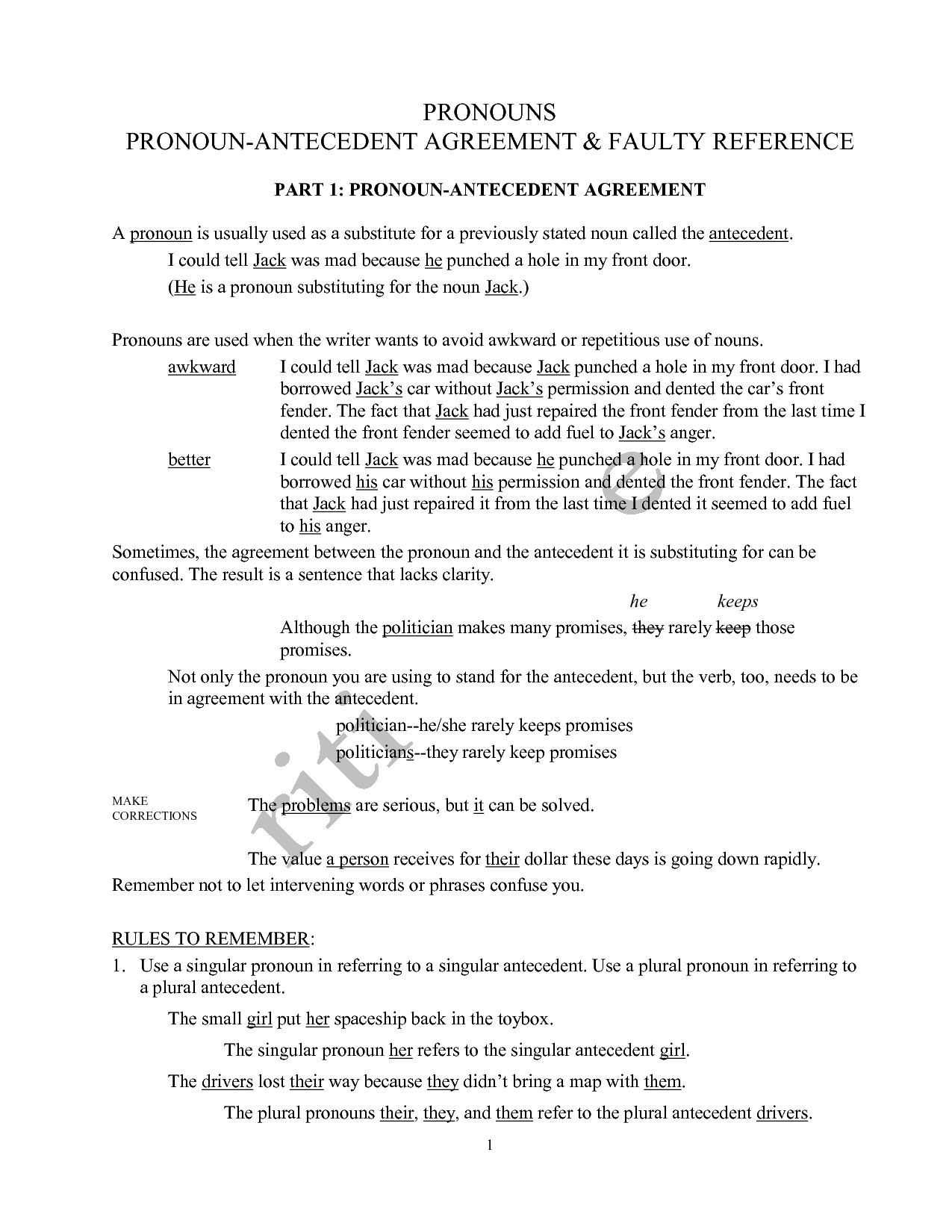
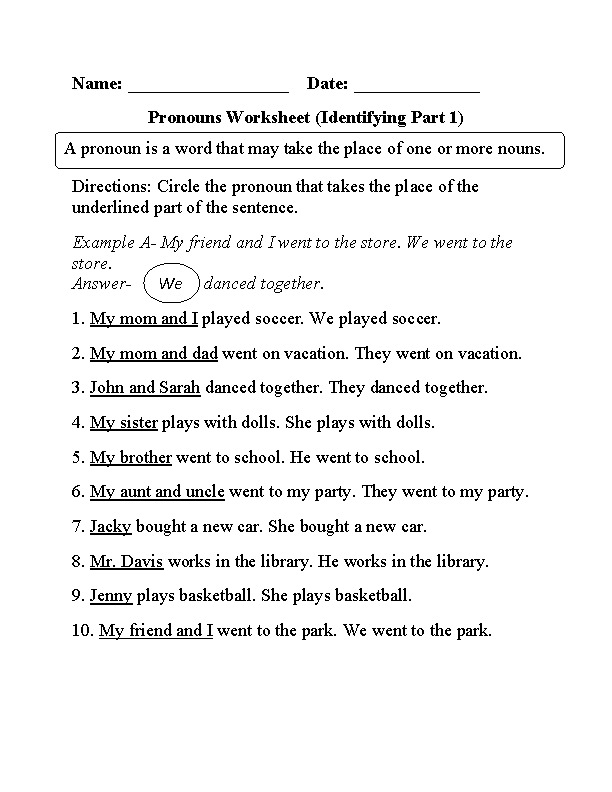
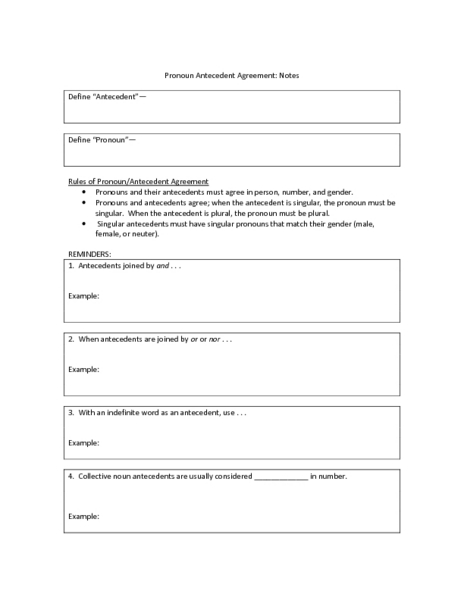


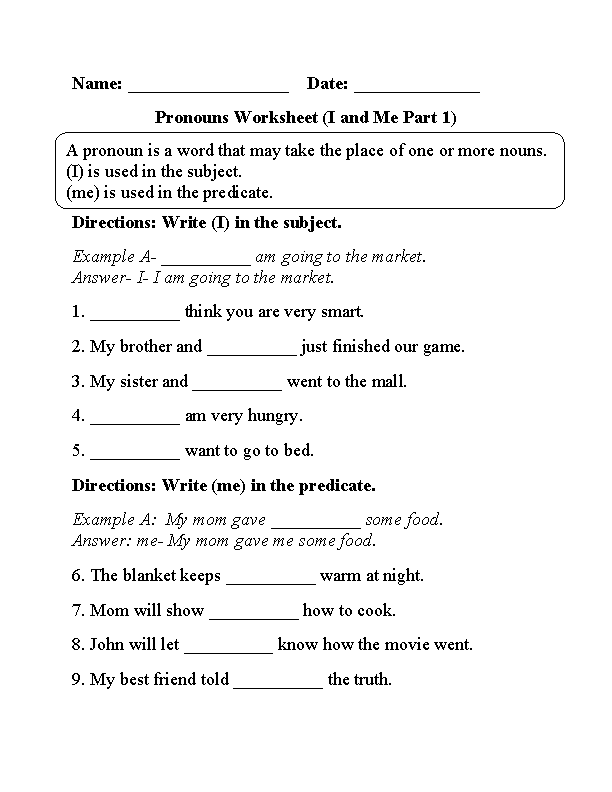
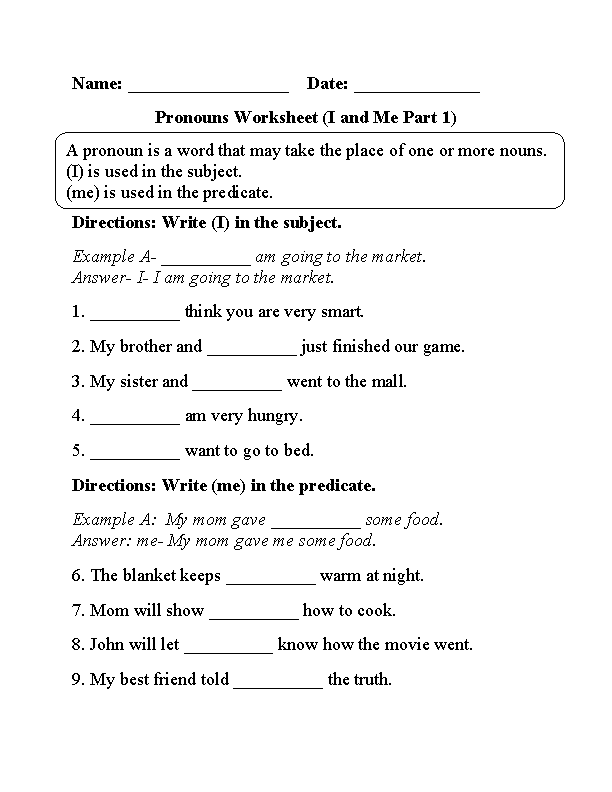
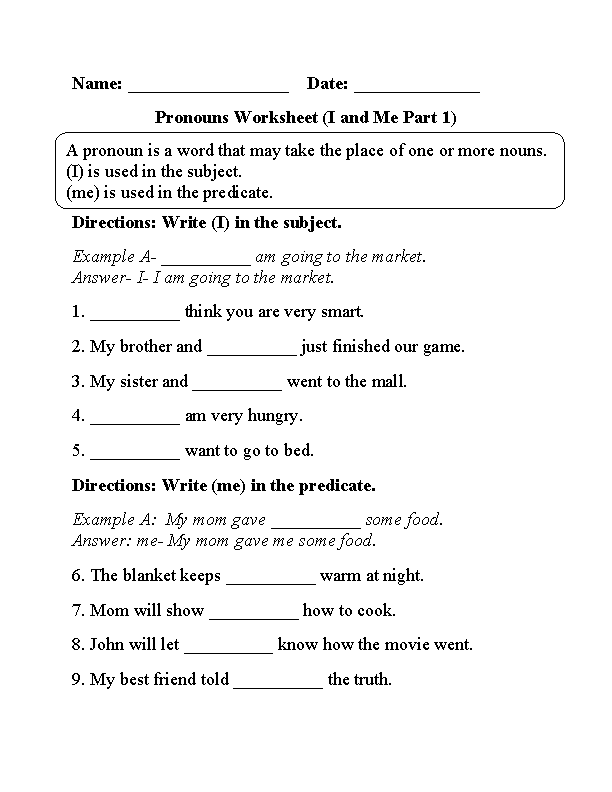
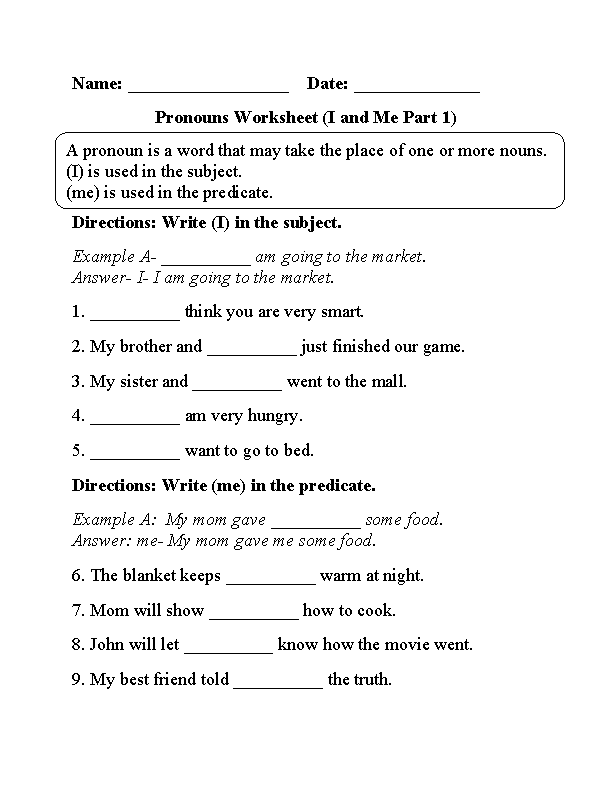
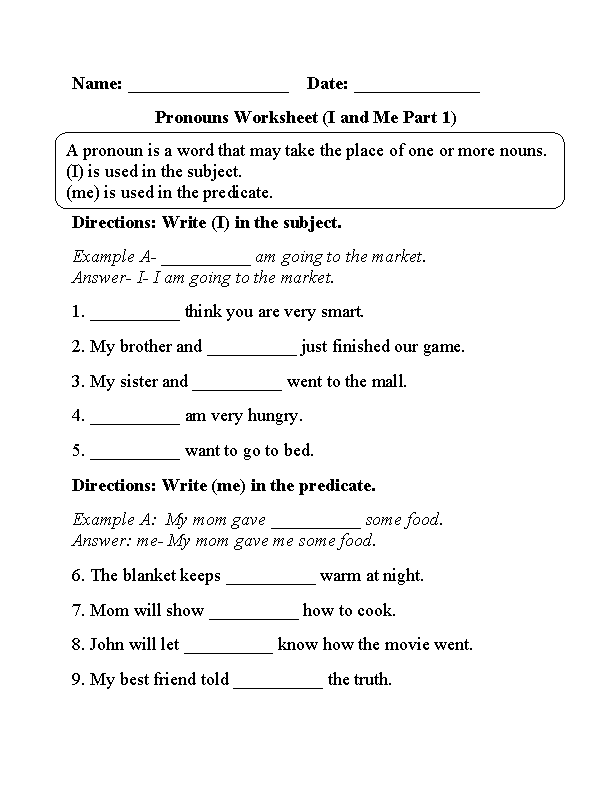
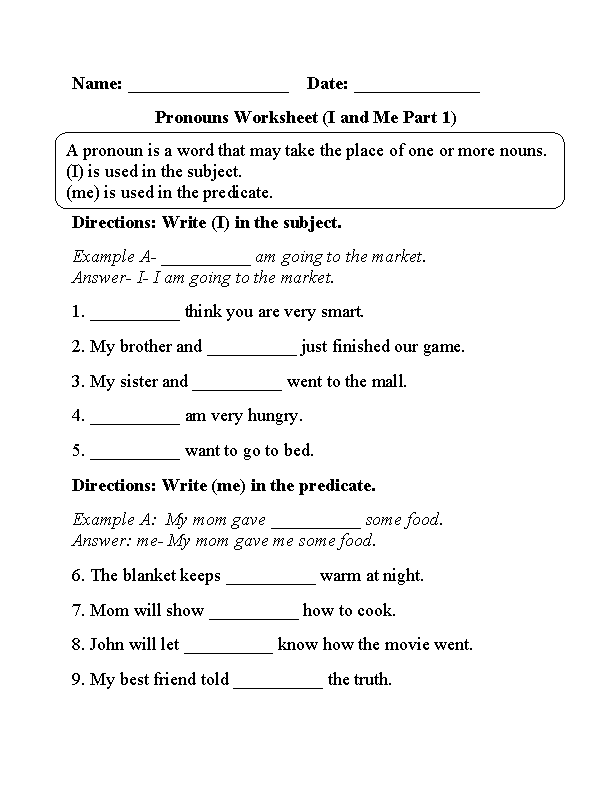

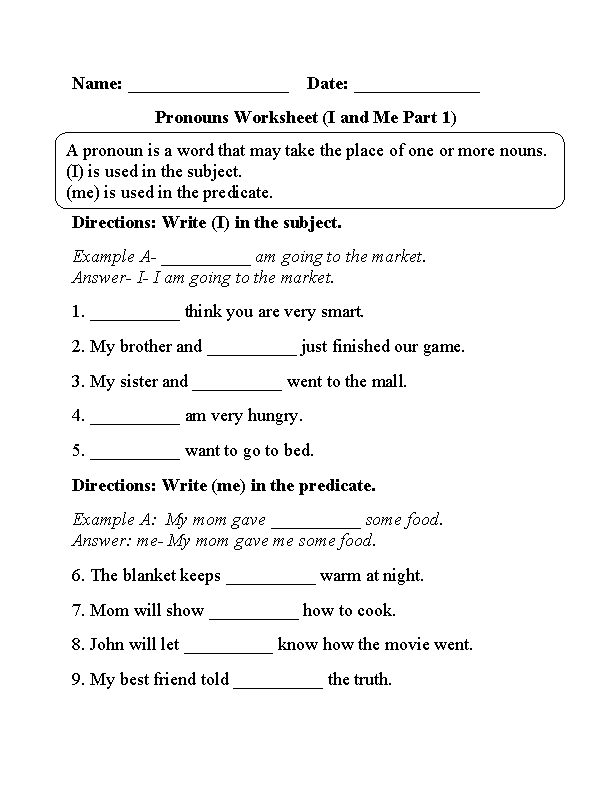
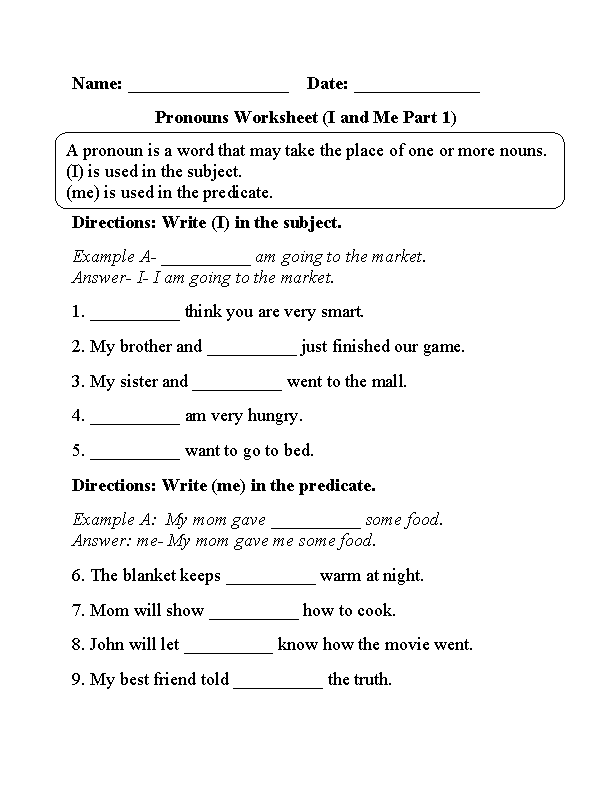
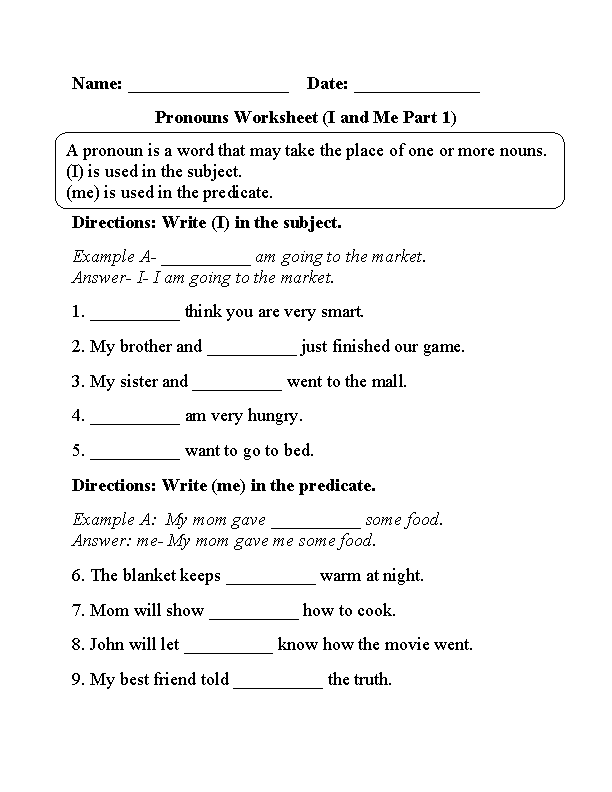














Comments